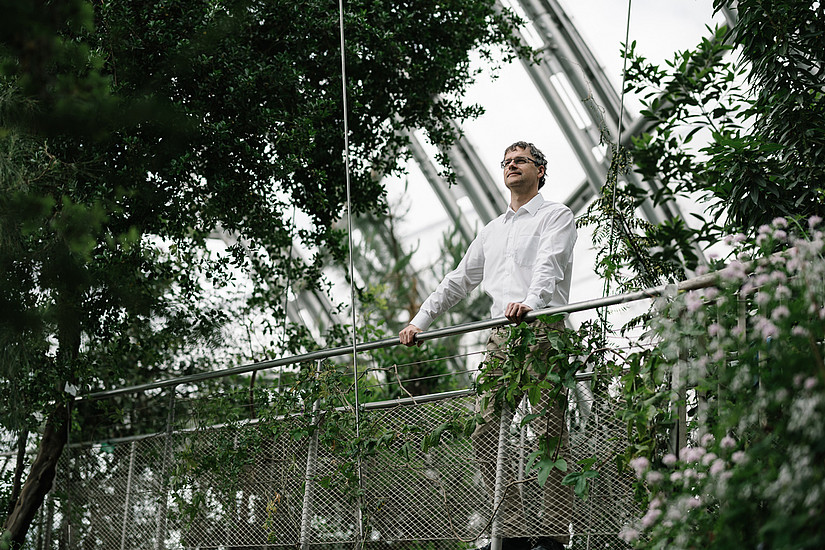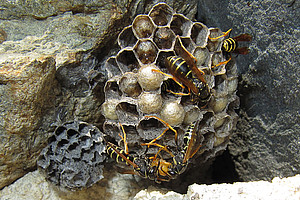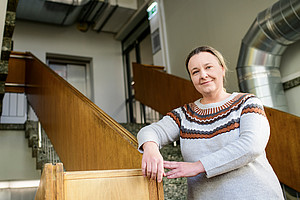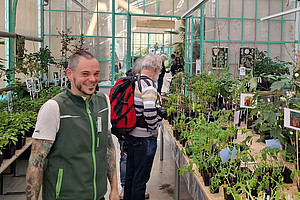High costs are often the reason why treatments are unaffordable – or, in the worst case scenario, cannot be given at all. The pharmaceutical industry has found alternatives in cheaper manufacturing processes. Of course, these are not languishing in some desk drawer somewhere – they are very much in use. But how do they work exactly? Sitagliptin (Januvia) is a good example. This medication has been used very successfully to treat diabetes mellitus type II since 2005 and is now being manufactured with the help of organically producible enzymes. This process is called biocatalysis. The chemist Wolfgang Kroutil has been researching this green approach in chemistry for many years. He was also involved in the development and research of the enzymes required for Sitagliptin.
“On average, between five and 15 steps are needed to produce a medication,” explains Kroutil. This uses a lot of energy, which is expensive. “Waste that is harmful to the environment is also produced, which is difficult and costly to get rid of.” Biocatalysts enable the design of cleaner and more efficient chemical reactions. The approach pursued by researchers here is to look to nature for how it makes syntheses. Until recently, the use of biocatalysis in chemistry was comparable with the piecemeal renovation of a house. “We are now working to rebuild the house – this structure – completely, from the ground up. In order to enhance chemical reactions, we are using naturally occurring enzymes,” says Kroutil. Many chemical processes are being redesigned with the help of biocatalysts. The challenge facing scientists is to recreate the structure of organic molecules using enzymes. “Natural catalysts are precisely adapted to a substance and convert only this substance into a certain product,” explains the researcher. And this even functions at temperatures of between twenty and forty degrees Celsius. By comparison, organic chemistry involves reactions that need temperatures as low as ninety degrees below zero. The cooling required during the processes drives up costs.
Catalysts from amino acids. Microorganisms have a special place in biocatalysis. “On the one hand, we are able to manufacture catalysts from renewable raw materials such as sugar or protein. On the other, we can easily dispose of these materials by feeding them to animals or letting them biologically degrade.” Given the many tonnes of Sitagliptin produced every year, this has a significant impact on the environmental footprint of a company.
And what about the revenue potential? These medications could, of course, be offered on the market more cheaply, perhaps to offset out the imbalanced supply of medicines in developing countries. But Kroutil sees this as merely “a nice side-effect". The primary objectives of pharmaceutical companies are cost-reduction, efficient manufacturing and thus higher profit margins. Obviously!




